Do you know? Why Trademark is Important for Your Brand!
13 May, 2024
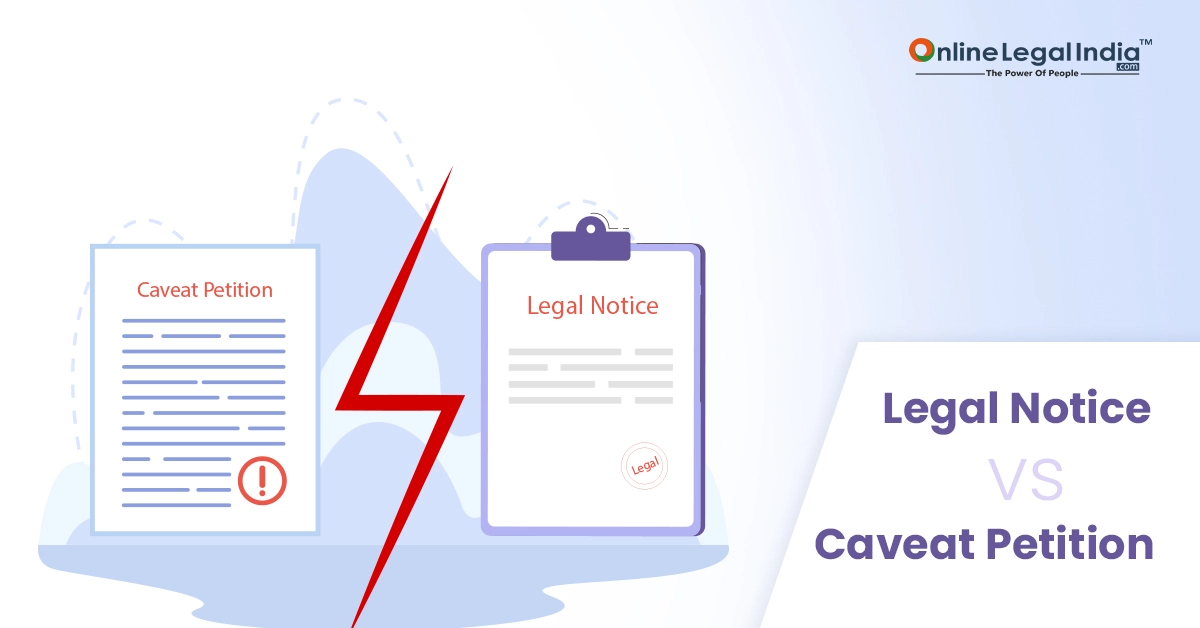
 By Online Legal India
Published On 05 Dec 2022
Category Legal
By Online Legal India
Published On 05 Dec 2022
Category Legal
Civil litigation involves numerous steps, various kinds of paperwork, petitions, and applications. The court receives a large number of documents, and the opposing parties in a lawsuit must be given copies of all of these documents. Legal notice and caveat petition are two examples of such documents.
In accordance with the processes outlined in the Civil Procedure Code of 1908, a caveat petition and legal notice are issued. However, the legal notice and a caveat petition differ from one another. The Civil Procedure Code, 1908 has provisions pertaining to a caveat petition in Section 148A. An individual submits a caveat petition to the court, requesting that the court notify the person filing the caveat if somebody files an application against him or her.
In civil litigation, one party will issue a legal notice outlining the opposing party's wrong-doings and the need to address those wrong-doings within a certain amount of time. It is a formal message warning the other party that if the sought solution is not provided, legal action may be taken against them.
A caveat petition is a preventative action made by a person who believes that another person may file an application in a lawsuit or other court action that has been or is about to be filed against them. It is an official notice that gives a person notice before any legal action is taken against them. The Latin word "Caveat" often translates to "let a person beware."
The caveator is the party who submits the caveat petition. In order to be notified by the court if another party makes an application in a lawsuit or other proceeding against the caveator, the caveator submits a caveat petition. In the hearing of the application made against him in the caveat petition, the caveator maintains his right to appear before the court.
The court must compulsorily serve the caveator with notice of the opposing party's application if it is filed in a lawsuit or proceeding after the caveat has been filed. The applicant will get the caveat petition from the court as well as notice of the application from the caveator. The caveator must receive notice of the application and all other documents submitted to the court from the applicant.
The caveat petition will only be effective for a 90-day period. After 90 days, the caveat petition will no longer be valid. As a result, the court is not required to notify the caveator if the applicant files an application with the court after 90 days have passed since the filing of the caveat petition.
The following information should be contained in the caveat petition:
Only in civil cases is a legal notification given. A legal notice must be sent to a person before planning to sue them in civil court. The person must inform the other party that he/she will file a lawsuit in the event that he/she does not fulfil his/her legal duty/obligation to the person.
Only after giving the opposing party notice can a lawsuit be brought against them. The act of giving notice enables the person to bring legal action against the other party. A legal notice is a formal announcement that legal action has been taken against a person or organisation.
The following must be included in the legal notice:
| Particulars | Caveat Petition | Legal Notice |
| Meaning | The caveator files a caveat petition when they believe the other party will file an application in any lawsuit or procedure against them. | Someone issues a legal notice to the other party when there is a problem and they wish to file a lawsuit against them. |
| Section |
Under the CPC, the Caveat petition is described in Section 148A. |
In compliance with CPC Section 80, a legal notice is submitted. |
| Details included | In a lawsuit or other procedure that has already been initiated against the caveator or is going to do so, a caveat petition outlines the potential application that may be made against them. | A legal notice outlines the grievances one party has and requests redress from the opposing side. |
| Purpose | The caveator files the caveat petition as a precaution against the anticipated application that the opposing party will submit. | A legal notice acts as a warning to the opposing party before taking legal action against them. |
| Filing | The caveator submits the caveat petition to the court. | The opposing party is served with the legal notice by the person issuing it. |
| Role of court | The court will serve notice of the application to the caveator in order to inform them that an application has been brought against them. The court will also serve the caveat petition to the applicant/opposite party. | A legal notice is sent by registered mail directly from the person issuing it to the opposing party. |
A legal notice is issued to the party you are bringing a lawsuit against before filing a caveat petition, which is filed while there is already an active case in court. The court is informed of your involvement in the case through a caveat petition. A legal notice also serves as a formal declaration of your intention to sue.

Do you know? Why Trademark is Important for Your Brand!
13 May, 2024
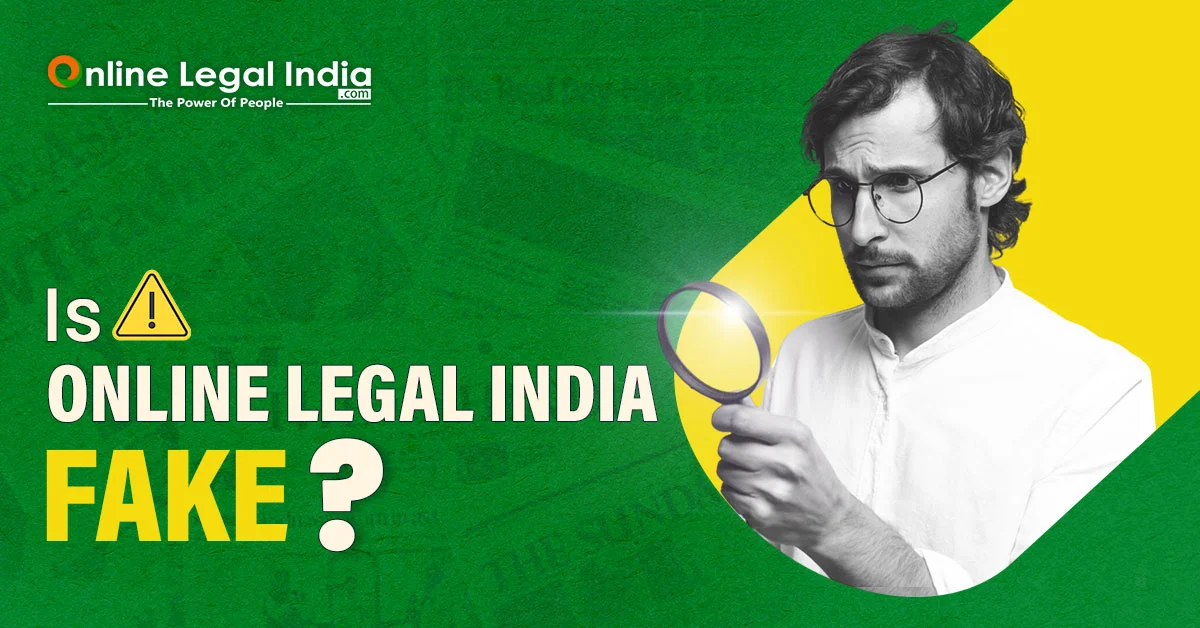
Is Online Legal India Fake?
10 May, 2024

IPIndia Trademark Registration: Benefits and Process
06 May, 2024
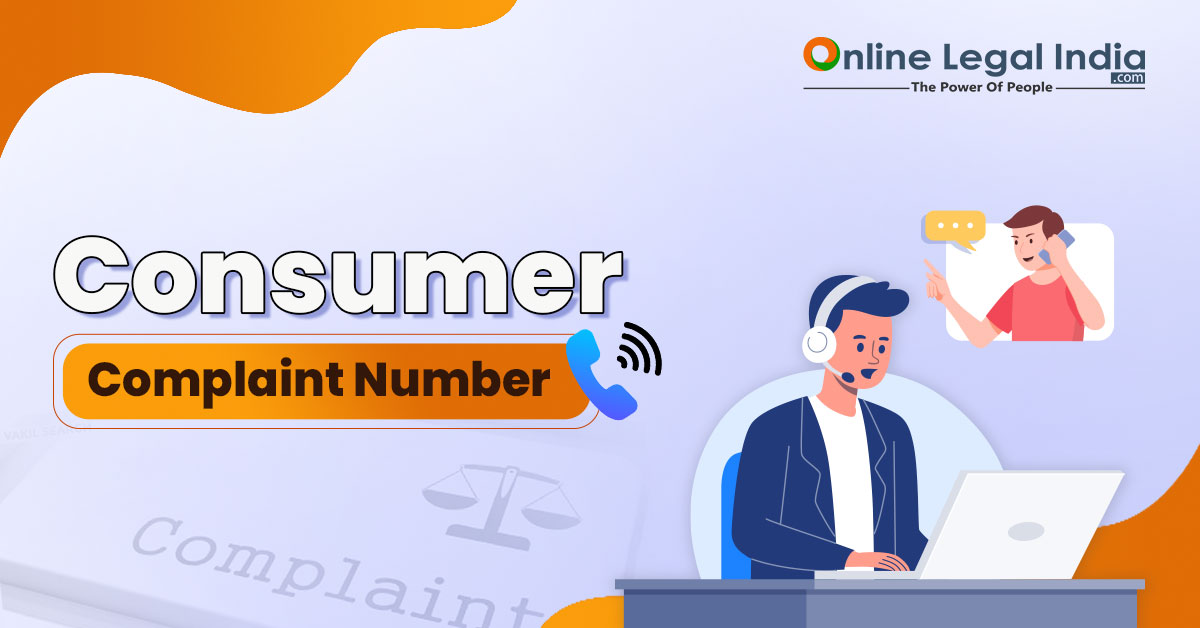
How to File a Consumer Case through Consumer Complaint Number
03 May, 2024

How to Trademark your logo and protect your Brand
30 Apr, 2024
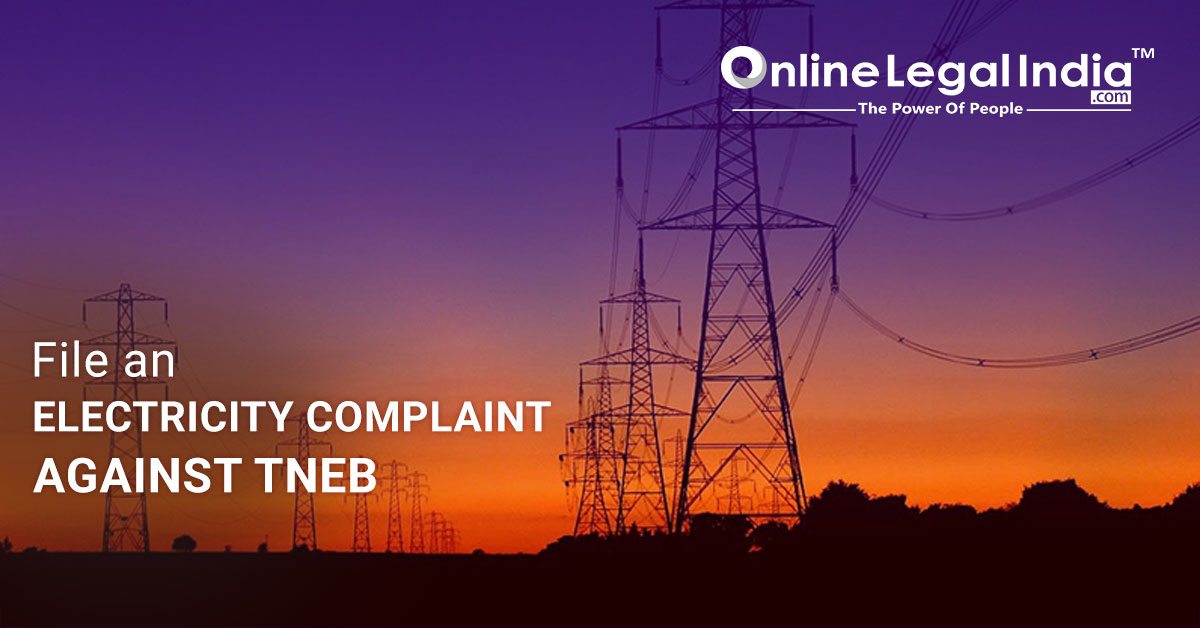
Consumer Complaint against Tamil Nadu Electricity Board TNEB
30 Nov, 2020

How to Take Legal Action against Mental Harassment in India?
07 Nov, 2020
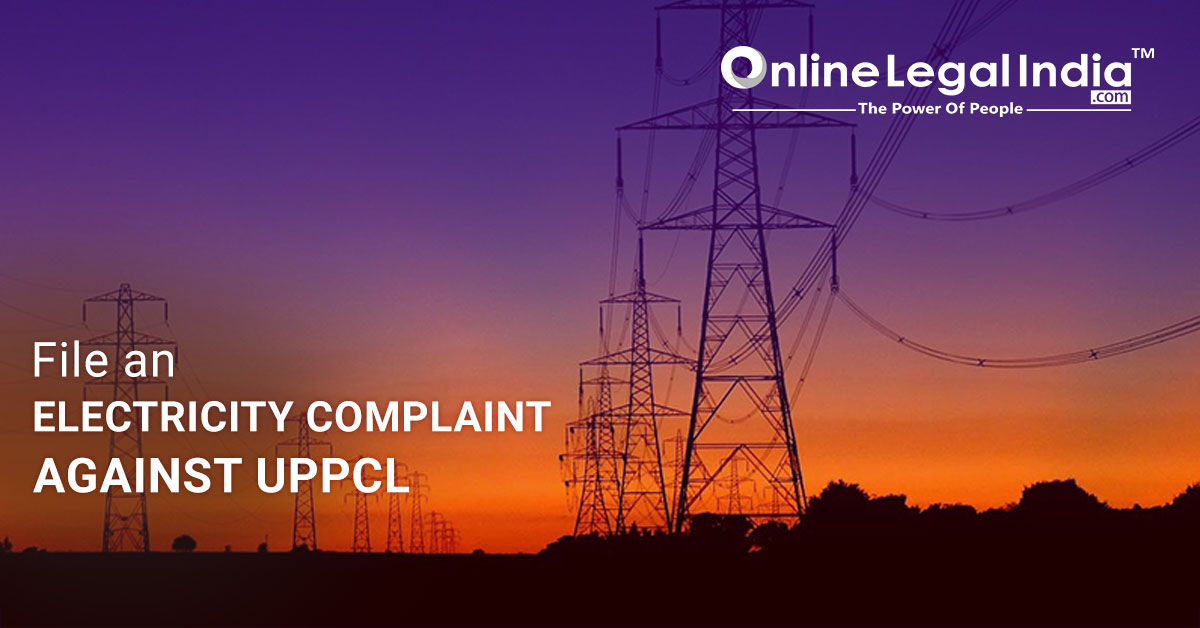
UPPCL Uttar Pradesh Power Corporation Ltd. Complaint Filing
19 Nov, 2020

How to File a Complaint Online in Consumer Court in India
27 Nov, 2020

Online Complaint Filing against Hero Motocorp
04 Dec, 2020